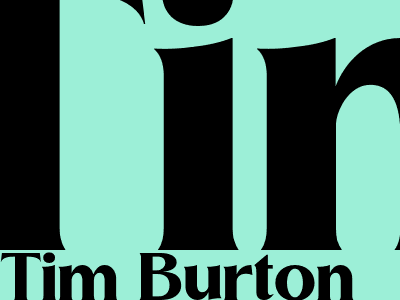Tim Burton: An Exploration of His Artistic Eccentricities and Gothic Masterpieces
Early Life and Influences:
Born in Burbank, California, on August 25, 1958, Tim Burton's childhood experiences significantly influenced his unique artistic style. His fascination with horror and the macabre emerged from his isolated upbringing and imaginative drawings that often depicted dark and whimsical creatures.
Burton's early exposure to classic horror films, such as "Frankenstein" and "Dracula," ignited a passion for the genre that would permeate his later works. Moreover, his admiration for German Expressionist cinema, particularly the works of Fritz Lang and Werner Herzog, further shaped his distinctive aesthetic, characterized by distorted perspectives and eerie lighting.
Breakthrough and Critical Success:
Burton's breakthrough came with the release of "Pee-wee's Big Adventure" in 1985. The film's quirky humor and surrealistic imagery established Burton as a rising talent in the film industry. His subsequent collaboration with Michael Keaton in "Beetlejuice" solidified his signature style, blending horror elements with comedy and creating a visually captivating cinematic experience.
In 1990, Burton's adaptation of "Edward Scissorhands" further solidified his status as a visionary director. The film's poignant story of an outcast with scissor blades for hands explored themes of identity, loneliness, and the power of acceptance, resonating deeply with audiences.
Defining Characteristics and Artistic Themes:
Burton's films are renowned for their distinctive visual style, often characterized by a dark and whimsical aesthetic. His use of stop-motion animation, particularly in films like "Corpse Bride" and "Frankenweenie," adds a unique and haunting dimension to his storytelling.
Recurring themes in Burton's works include the exploration of outsider characters, the blurring of reality and fantasy, and the celebration of individuality. His films often feature characters who are outcast or misunderstood, highlighting the importance of embracing differences and finding acceptance.
Gothic Masterpieces and Beyond:
Burton's contributions to the Gothic genre are particularly noteworthy. His films "Sleepy Hollow" and "Sweeney Todd: The Demon Barber of Fleet Street" showcase his mastery of creating atmospheric and suspenseful narratives, drawing inspiration from classic Gothic literature.
Beyond his Gothic masterpieces, Burton has worked on various projects, including live-action adaptations of "Alice in Wonderland" and "Dumbo." His diverse filmography demonstrates his versatility and ability to adapt different genres while maintaining his signature artistic vision.

Comments